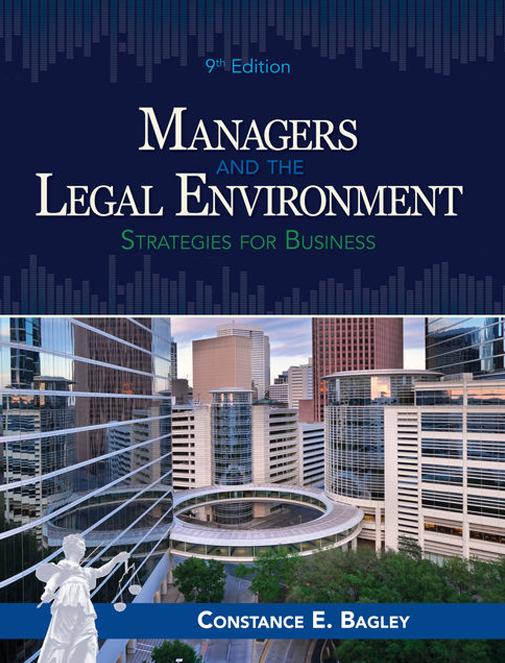Answered step by step
Verified Expert Solution
Question
1 Approved Answer
Provide, step by step solutions to the given questions. Firms in the perfectly competitive constant cost widget industry have access to technology that allows them




Provide, step by step solutions to the given questions.




Step by Step Solution
There are 3 Steps involved in it
Step: 1

Get Instant Access to Expert-Tailored Solutions
See step-by-step solutions with expert insights and AI powered tools for academic success
Step: 2

Step: 3

Ace Your Homework with AI
Get the answers you need in no time with our AI-driven, step-by-step assistance
Get Started


